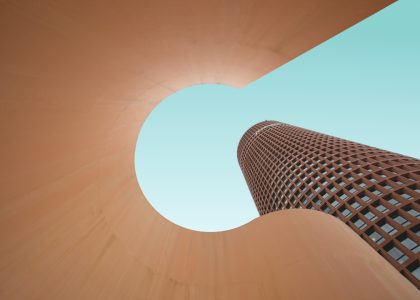A laylight is a decorative ceiling panel that allows natural light to filter through. Laylights have been used in architecture for centuries and are appreciated for their beauty, functionality, and elegance. In this article, we will explore the history, design, and application of laylights in modern architecture.
History of Laylights
Laylights were first used in Gothic architecture during the Middle Ages. They were typically made of stained glass and placed in the vaults of cathedrals and churches to allow light to filter through. The colors of the stained glass added an ethereal quality to the interiors of these buildings, creating a mesmerizing effect. During the Renaissance, laylights fell out of favor and were replaced with painted ceilings.
It wasn’t until the Victorian era that laylights regained popularity. They were used in grand houses, train stations, and public buildings to provide a source of natural light. This trend continued into the Art Deco period, where laylights were made using bold geometric shapes and patterns. However, with the advent of artificial lighting, laylights fell out of fashion again.
Design of Laylights
Laylights can be made of a variety of materials, including glass, acrylic, and plaster. They can be designed in a variety of shapes and patterns, from simple geometric shapes to intricate floral designs. The design of a laylight is influenced by the location, function, and overall aesthetic of the building it is in. For example, a laylight in a grand railway station may be designed with a bold geometric pattern to reflect the graphics of the station’s signage.
The most important aspect of the design of a laylight is its ability to allow natural light to filter through. The pattern or design of the laylight must complement the overall lighting scheme of the room. The designer must take into account the direction of the natural light and the surrounding environment to create a harmonious and functional design.
Application of Laylights in Modern Architecture
Today, laylights are experiencing a revival in modern architecture. They are being used in commercial and residential buildings to provide a source of natural light, as well as to add a touch of elegance and sophistication to the interiors. In some cases, laylights are being used to create an immersive experience for visitors, such as in museums, where laylights are used to create a dreamlike atmosphere.
One example of the use of laylights in modern architecture is the Fulton Street Transit Center in New York City. The center features a large 110-foot dome with a pattern of triangular glass panels. The pattern of the panels creates an almost kaleidoscopic effect as light filters through, creating a mesmerizing experience for commuters passing through the space.
Conclusion
Laylights are a beautiful and functional design element that has been used in architecture for centuries. Their ability to allow natural light to filter through while adding a touch of elegance and sophistication makes them a popular choice in modern architecture. As architects continue to push the boundaries of design, it will be interesting to see how layli

